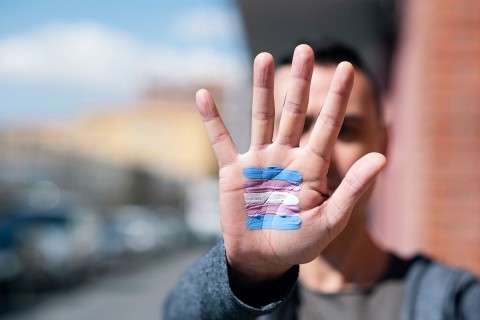State anti-trans bills aren’t just culture wars skirmishes
They’re acts of harm against living, breathing people.

This year has already been a record one for anti-transgender efforts in state legislatures. More than 80 bills have been introduced in 33 states, and they are becoming law at a higher rate than usual since anti-LGBTQ rights groups started focusing on statehouses in 2015.
The legislation ranges from the now-familiar bathroom bills and medical care bills to pronoun laws, which tell school districts and institutions of higher education which pronouns they may use for which people. Especially popular this year are a spate of “save women’s sports” bills, which aim to designate who may play on which sports teams based on “biological sex at birth.”
Less than 1 percent of youth identify as transgender, and studies indicate that most struggle with such social stigma that they rarely play high school sports. The Associated Press asked lawmakers if they knew any transgender youth who would be affected by their bills. Almost invariably the answer was no. Arkansas governor Asa Hutchinson, who signed such a bill into law in March, admitted that he was trying to solve not a current problem but a future one. We might call it an imagined one.




